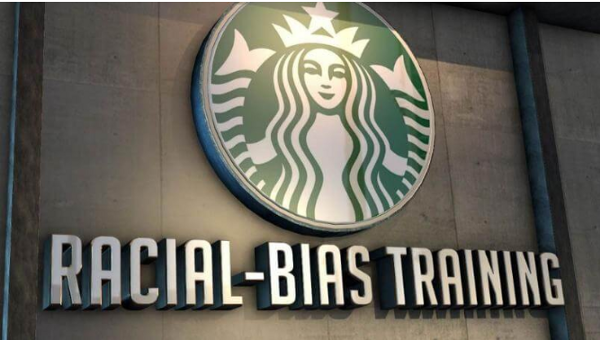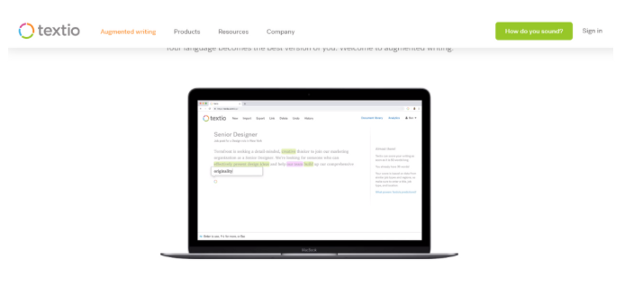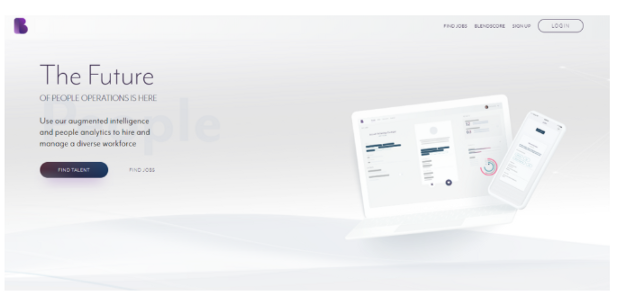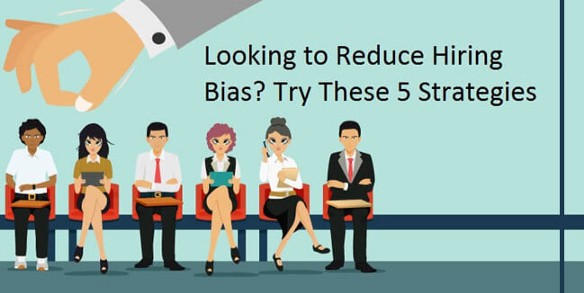Diversity is a beautiful concept. You have talented people from different ethnicity, genders, and backgrounds, sharing ideas and working toward a common goal. Companies understood the many advantages of a diverse workforce many years ago. Today, recruiting people from diverse backgrounds has become one of the most important hiring initiatives.
However, unconscious racism, ageism, and sexism continue to play a significant role in who gets hired in many companies around the globe. One strong example of hiring bias is the state of women in STEM. One study by Yale showed that employers in the STEM industry rate male applicants, or Johns, higher than female candidates, or Jennifers, although they have identical resumes.
Luckily, there are some steps you can take to reduce hiring bias and hire the best employee for the company. Let’s explore the best strategies for a fair recruitment process:
Educate Your Team About Hiring Bias
Education is one sure way of eliminating hiring bias from your company. Once you acknowledge the issue and help your team become aware, you’ll be able to work towards eliminating bias and introduce a fair hiring process.
You want your hiring manager and the other people on your team to understand the downsides of hiring bias and discover the benefits of hiring a diverse workforce.
One way of educating your hiring team is through unconscious bias training. You might have heard about this type of training on social media reporting about the Starbucks incident. For those of you who don’t know, in 2018, Starbucks temporarily shut 8,000 stores for four hours to conduct racial-bias training for its employees. The training took place after an incident in which two black men were arrested simply for waiting in a store.
However, although Starbucks made a significant step in battling bias, in order for the training to be effective, it has to be long-term and ongoing. Four hours on a Tuesday afternoon won’t teach your team anything and it’ll only be a waste of time and money.
By continually teaching your team about hiring bias, you’ll help people recognize it, acknowledge when they’re doing it, and alter their behavior.


Make Sure Your Job Descriptions are Clear of Biased Language
Job descriptions have the power to attract a person’s attention and encourage them to apply to the job. But they also have the power to discourage someone from applying. Especially if the job description contains biased language.
An example of a biased job description is one that contains masculine words like “assertive”, “competitive”, and “determined”, instead of “dedicated” or “sociable”. Research shows that women are put off by masculine language as it makes them feel like they don’t belong in that work environment.
To reduce biased language in your job descriptions, try using software like Textio. The AI software helps you highlight stereotypically gendered words and replace them with more neutral words. So if you’re unsure whether your job ads sound feminine or masculine, you can use AI software to create a gender-neutral job posting and hire the best talent.


Give Pre-Employment Tests
How would you know how likely a candidate is to be successful in a specific role? By using pre-employment tests! From tests that analyze a candidate’s cognitive ability to skills tests, these assessments are one of the best predictive methods for job performance.
But the best thing about these tests is that they can help recruiters hire the most talented individual without the influence of unconscious bias. Everyone gets the chance to show their skills and talents and not be judged based on their race, gender, or age.
The most popular pre-employment tests include:
- Job knowledge tests: these tests assess a candidate’s technical or theoretical expertise in a specific field.
- Cognitive ability tests: these tests assess a candidate’s general mental capacity.
- Personality tests: these tests can measure whether a candidate is a cultural fit for the company.
- Emotional intelligence tests: the aim of these tests is to measure how well someone builds relationships and understands emotions.
- Skills assessment tests: these tests measure actual skills, either soft skills or hard skills.
Standardize Your Interviews
According to an HBR research, unstructured interviews that lack defined questions are “the worst predictors of actual on-the-job performance”. They’re full of unconscious bias and irrelevant information.
For this reason, recruiters should use structured interviews that can standardize the process and eliminate hiring bias. Standardized interviews contain the same questions in the same order and are posed to all candidates.
Companies like Google are using standardized interviews and are structuring them with the help of data. Their people-analytics department analyzes data to discover which interview questions are more connected to the candidate’s future performance.
Try Out Blind Hiring
Blind hiring is another fantastic method of producing a more diverse workforce that’s less clouded by unconscious bias. The method removes all personal and demographic data from the hiring process so that the hiring team can assess candidates based on their ability and skills.
The real fact is that John and Elizabeth will get more callbacks than Aisha or Kemal. But with the help of blind hiring, Aisha and Kemal will get the chance to be considered for their talents and not neglected because of their ethnicity.
To take advantage of this method, you can use a software program that blinds the process for you and masks gender or race and deletes candidates’ names from their resumes. A popular tool for reducing hiring bias that recruiters use is Blendoor. It’s a mobile app that obscures the names and photos of candidates in order to promote unbiased hiring processes. Make sure to check it out.


Final Word
People are often influenced by their biases. And as removing bias from a person is challenging, companies should be designed in ways that it’s difficult for biased individuals to come up with major decisions. So, in addition to educating your team about hiring bias, try introducing pre-employment tests and structured interviews to your hiring process. These methods will help you hire smart and hire the best candidate in a pool of talent.









